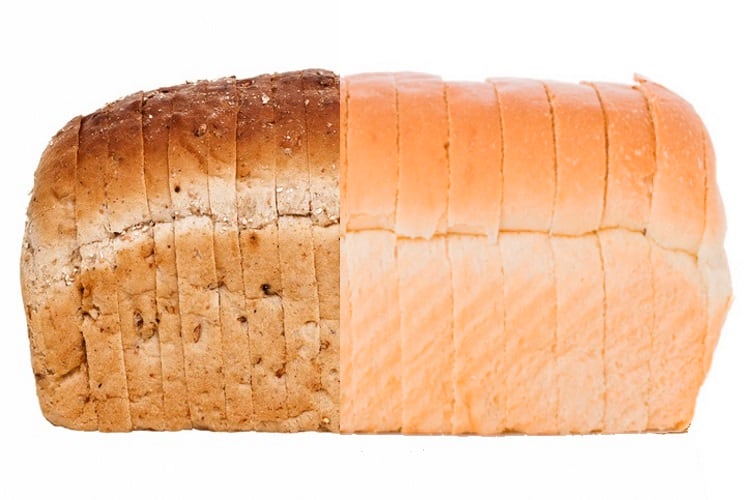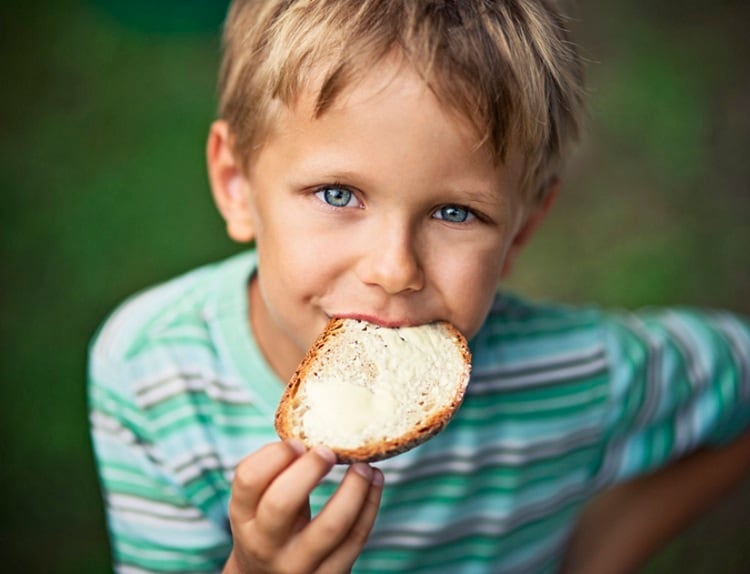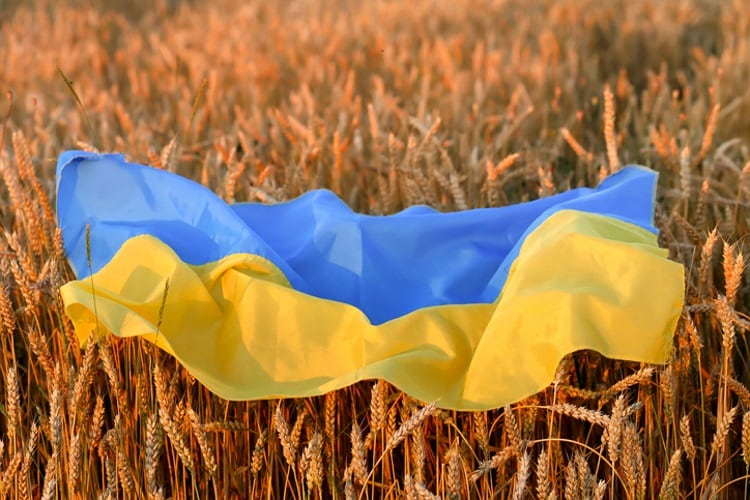According to Campaign coordinator Chris Young, numerous products on shelves today are allegedly in contravention of UK law.
Young noted guidance from Department for Environment, Food and Rural Affairs (Defra) guidance states “Bread labelled or advertised as ‘wholemeal’ must contain 100% wholemeal flour”.
Section 6 of The Bread and Flour Regulations 1998 also says “There shall not be used in the labelling or advertising of bread, as part of the name of the bread, whether or not qualified by other words […] the word 'wholemeal’ unless all the flour used as an ingredient in the preparation of the bread is wholemeal”.
He added the Regulations go on to require that “no person shall sell or advertise for sale any bread in contravention of this regulation”.
What is half and half?
Half and half bread is made from 50% wholemeal flour and 50% refined white flour.
The concept was first introduced in the UK by Warburtons in 2012 to make it easier for busy families to add more fibre to their diet, along with the added benefit of a third of their daily intake of vitamin D and calcium. It also provides a useful way to get fussy-eaters and children to consume more fibre, as the bread is softer and more palatable than pure wholemeal.
But it was also a strategy to pump up a declining bread category.
According to the British Nutrition Foundation, a downward trend had been observed since the 1940s, with adult consumption slipping to around 87g of bread per day (2.5 slices) compared to 243g (seven slices) in the 1940s – a whopping 64% decrease.
In 2012, Warburtons commanded the greatest share of the UK branded baked goods market in the UK (13%), followed by Hovis (9.4%) and Kingsmill (8%). Artisanal baked goods and private label were the highest share owners at the time, at 25.6% and 23.5% respectively.
Several UK manufacturers and retailers followed suit with their own half and half launches, but currently, only some of them are purportedly breach regulations by prominently displaying the word wholemeal on their packaging, said Young, adding the Real Bread Campaign has written to them requesting they review their marketing strategy.
Kingsmill has presumably sidestepped the legal issue by using the phrase ‘hidden wholegrain’ (while the use of wholemeal is regulated in the UK, the use of wholegrain is not).
Follow the law
“The problem here is that the law and official guidance clearly state that the word wholemeal can only be used in a product name or marketing if all of the flour in that product is wholemeal," said Young.
“While we’re working hard to convince the government to improve loaf labelling and marketing legislation in the UK, it’s a worry if manufacturers and retailers can’t even follow the law as it stands.”
He admitted that helping people to trade up from 100% white to at least fifty-fifty is a good thing, however, “What we don’t want to see from industrial loaf fabricators is any marketing that’s misleading or otherwise breaches applicable regulations.”





